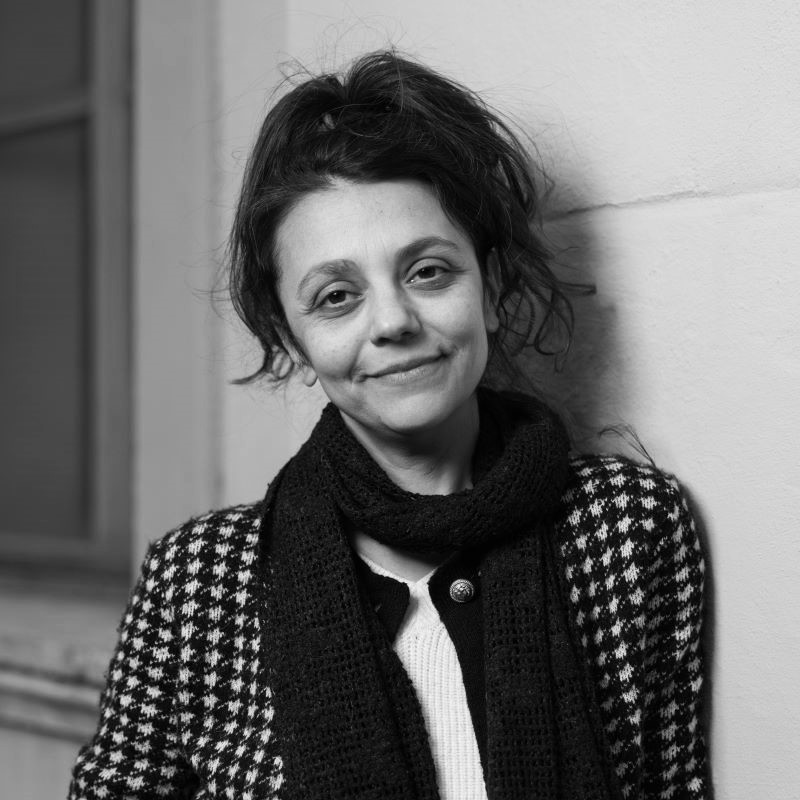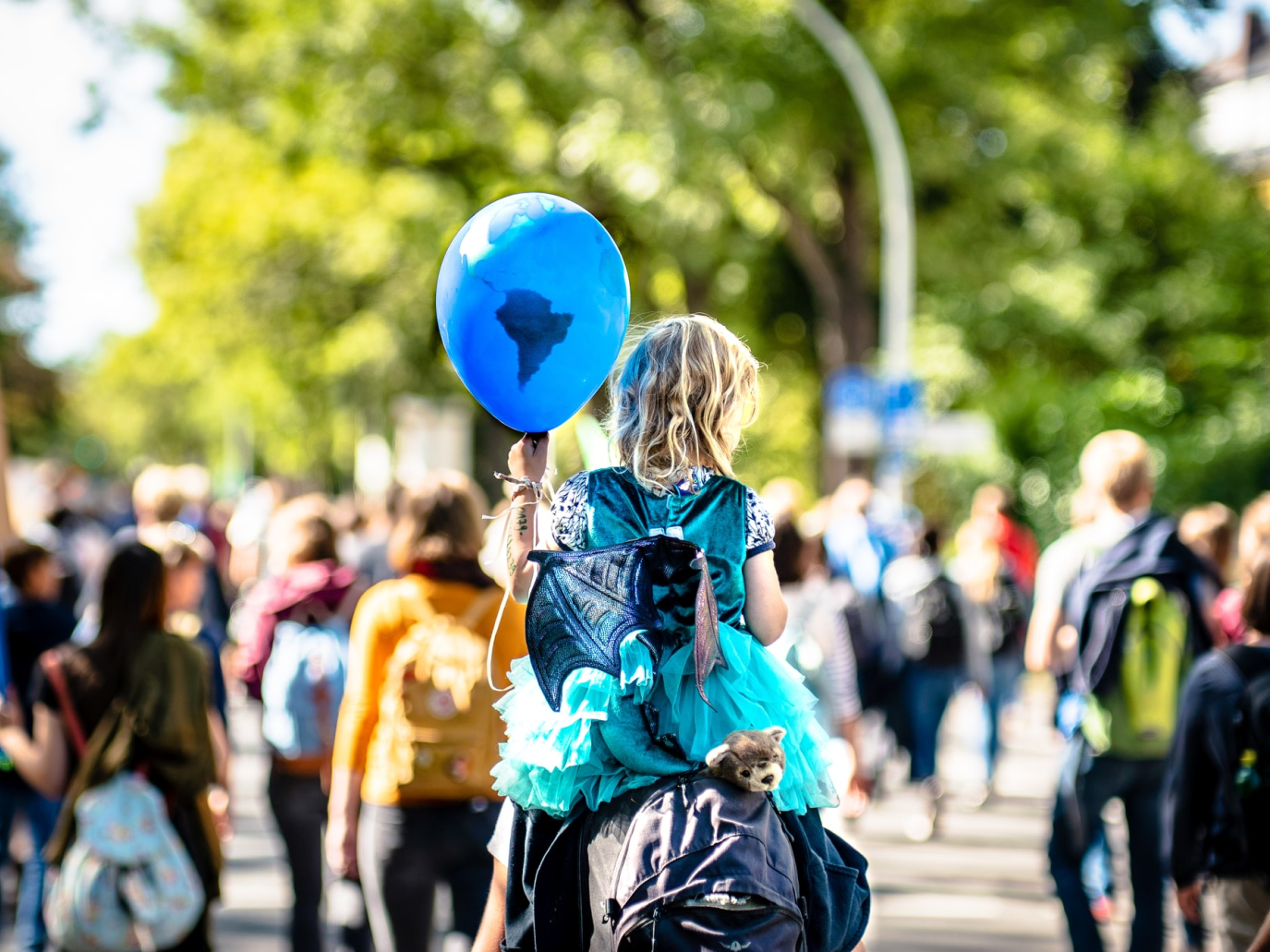The sixth edition of the European Circular Economy Stakeholder Conference opens today, Monday 27th February. We asked Cillian Lohan, Vice-President of the EESC and promoter of the initiative, how far we have arrived in the positive story of the circular transition in Europe.
The circular economy is not only a matter of materials, technologies and regulations: it is also a social and cultural revolution. The impacts on people's daily lives and work must be addressed in the same manner as the transformation of production processes, starting from education, skills development for youth, and consumer empowerment, to worker retraining and upskilling. Because the circular transition, to be truly effective, will have to be a positive story for everyone.
We talked about this with Cillian Lohan, Vice-President of the European Economic and Social Committee, who has made the promotion of a circular culture in Europe one of his main objectives.

This is the 6th edition of the European Circular Economy Stakeholder Conference: what has changed, in these years, in the perception and awareness about the circular economy?
The simple answer would be everything. The world today is not the same as six years ago. We've been through a sanitary crisis, endured extreme weather events and are currently in the midst of a war in Ukraine with a subsequent energy crisis. All these events, on top of global challenges such as climate change and biodiversity loss, have influenced our way of seeing the world, creating more awareness for sustainable and resilient supply chains, with the aim of protecting our planet.
Unveiled in 2015, the first Circular Economy Action Plan became one of the hallmarks to stimulate a systemic transition to a sustainable society. Today, more than six years ago, there is momentum for the circular economy. The war put Europe's dependence on gas imports and raw materials under the spotlight, urging the EU to increase its effort to reach the Green Deal's objectives. Circular economy has risen as the number one priority of the European Green Deal.
However, although the circular economy is accelerating and Europe is leading the way to tackle global resource use, we are still living in a linear world. Partnerships and stakeholders' engagement will further help catalysing scalable circular economy solutions.
As Vice-president of the European Economic and Social Committee since October 2020, one of your goals was the dissemination of circular culture in the European Union. What has been done about that? And what can we do, at an educational level, to spread the message?
When I started my mandate as Vice-president of the EESC, the concept of the circular economy was not new. The attention of many policymakers in the European Union has been drawn to the potential of the circular economy for making better use of natural resources, protecting the environment and creating green job opportunities. This is translated into the proposals of the Circular Economy Action Plan, which will enable the European Green Deal to achieve its goals of becoming a fair, sustainable and prosperous economy.
However, the circular transition will only be successful if policy meets practice and if circularity is implemented in our mindset and visible in our behaviour. And this is exactly what we want to achieve with the European Circular Economy Stakeholder Platform: to spread the concept of the circular economy at all levels by making information more accessible, to strengthen cooperation between stakeholder networks and to tap into a source of inspiration. As Vice-President of Communication, one of my main goals is to bring the circular economy closer to the people and to nurture grassroots initiatives that centers on human and environmental well-being. Witnessing the platform growing every day, the work of the platform resonates closer to home.
Platforms are the perfect tool to exchange good practices and a comprehensive cross-cutting approach, ensuring cooperation between businesses, social partners and civil society organisations, needs to be developed and reinforced to help young people get equipped with the required knowledge and competencies for a circular future.
Young people are exposed to learning new skills, attitudes and knowledge. Therefore, educational institutions can exert a great impact on the acquisition and application of circular competencies and key values. Climate action and sustainable development should be core components in the educational curriculum, not only in theory but also in practice.
One of the most neglected points in the circular economy debate is the social focus, which is, however, one of your strong points. What kind of impacts will the circular transition have on people’s daily life?
The circular economy is all-inclusive, and many individual actions can easily fit into our daily life. But before we come to that point, people need a little reminder of how circularity can immensely improve our living conditions. Just to name a few: healthier air and environment mean fewer health issues; less dependency on imports of resources means increased security of supply of resources and less chance of fluctuation of prices of resources due to politically unstable regions, wars, etc; consumers will be provided with more durable and innovative products that will increase the quality of life and save them money in the long term.
I guess many European citizens are concerned about job losses due to the ecological transition. What to tell them to reassure them?
The success of a transition towards a sustainable circular economy does not merely depend on the development of new technologies but also on societal acceptance and civic participation. As the circular economy will create new circular work opportunities, reskilling and upskilling, respect for labour standards and human rights, and large involvement of communities are among the things that make a just transition work. But of course, when transitioning, there will be always winners and losers. Identifying potential winners and losers through participatory ‘roadmapping’ can help shape effective cooperation mechanisms and partnerships nationally and internationally.
Addressing job loss concerns, labour-mobility programmes are essential to reskill workers to keep them employed throughout the circular transition. The European Year of Skills 2023 is proof that the EU is preparing for the circular transition and is taking reskilling of workers very seriously.
Traditional industry jobs, such as fossil fuel-related jobs, will be most impacted: reskilling could see these people turn to wind and solar energy-related jobs. New jobs will be created in reusing and recycling of materials which will stimulate innovation. Extra investment or the higher labour intensity of production may also generate employment if it induces extra immigration of labour or creates incentives for people in the labour force to acquire the necessary skills.
The new CE package is very focused on consumers’ rights and empowerment. Why is it so important for an effective circular transition? What else can we do to make the circular economy more inclusive?
Consumers are increasingly recognising the damage to sustainable development caused by the linear economic models that have been the norm to date. It is vital to provide consumers with better information and data on product management, traceability and transparency, to enable the flow of information on composition and repair possibilities.
Only by ensuring an informed and participatory green transition involving individuals, consumers, businesses and workers alike, we will be able to not only respect the environment but also develop an open and inclusive society that safeguards resources for future generations.
Therefore, we need to continue to strengthen the bond between public institutions and civil society. This represents the mission of the European Economic and Social Committee and its initiative ECESP, which bridges existing initiatives at the local, regional and national levels.
You said: “The circular economy is a positive story and we have a desperate need for stories with a happy ending”. At what point in this story have we arrived?
This story is long, but you must stick around and play your part, like in a gamebook, for the happy ending. The only difference here is that this is not a game; it's reality.
In my view, for the moment, we are at the point where people start noticing the protagonist's true potential. It has been around for quite some time, but only its immediate surroundings believed in it. A series of external and internal events menace the society's existence, and various hints point to the protagonist as an essential part of the solution to this immense threat.
But the outcome does depend on all of us. Because the story unfolds as we speak, we can all be passive listeners or active participants. Equally, our actions will determine how fast the happy ending will come.
It is a positive story because it's within everybody's reach, individual or company, from any sector, social or industrial. Everyone can, at their level, play an important role that will lead us all to this happy ending we all desperately need and hope for.
My answer to your question needs to be completed because I'm only one of the billion actors in this story. So, I'm asking you and the readers to check their circularity gauge to determine at what point in the story we arrived. Everyone should reflect on the evolution in their journey to more circularity and try to go a little further - every effort counts.
Image: Mika Baumeister (Unsplash)



